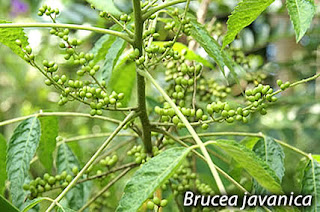Get Those Jackhammers Out Of My Head: Keeping The
Hangover Monster At Bay
By Kurtis Bright
There’s No Real Cure, But Here Are Some Simple Ways Science Says You Can Avoid the Worst Hangovers
Here comes another New Year’s Eve, and with it will come the
parties, overpriced club cover charges, fireworks, and midnight kisses for the
lucky.
Also there may be some alcohol involved. That’s just a
rumor.
And given oft-booze-soaked nature of this pinnacle of the
holiday party season , it is an appropriate time to revisit the subject of the
ever-elusive hangover cure.
Pretty much as long as humans have been drinking, we have
also been trying to find a miracle cure for the crushing pain of the aftermath.
It’s unfortunate, but the simple truth is that if you dump ungodly amounts of
poison into your system, become dehydrated and lose sleep, you are not going to
feel your best the next day.
So while there is no magic bullet cure for a hangover, there
are a few ways to trim the edges off the time it takes to recover, and reduce
the symptoms at least. Here are some that have been backed up by science.
- Asparagus - A 2009 study in Korea found researchers examining extracts taken from asparagus leaves and shoots that contain elevated levels of a certain enzyme, one that their studies showed were effective in helping the body to process alcohol. The jury is out on whether your average partier will be up for an asparagus juice shot the morning after tying one on, however.
- Prickly Pear - This is a cactus native to the Americas, especially Mexico and the western part of the U.S. that has been found to contain anti-inflammatory components that help the body fight back against the damage done by liquor. A group of Tulane University researchers--conveniently located near New Orleans’ famous booze-pit the French Quarter--found that study participants who ingested an extract of prickly pear five hours prior to drinking reported 50 percent fewer symptoms of hangovers.
- Clear liquids - Water, as even the most green college freshman knows, is your friend before, during and after a bout of drinking. However another substance to be aware of besides good old H2O is congeners. These nasty yet necessary devils are a byproduct of the fermentation process that give darker alcoholic beverages their color--and make hangovers much worse. By choosing white wine instead of merlot or cabernet, by sipping vodka martinis instead of bourbon or tequila you will give yourself a better chance of avoiding the full-on train wreck hangover where you can’t peel yourself off the couch all day. It’s also important to remember that a night of heavy, sweet cocktails will give you the same sugar crash that eating desserts does, an effect that amplifies a hangover.
- Coconut Water - Other things we learned in college: no doubt your buddies told you of the dubious virtues of sports drinks in terms of dealing with hangovers. However, despite the allure of the tasty sugar blast of an ice-cold neon blue or green drink for a dehydrated mouth, there isn’t much there, there. Sports drinks claim to contain electrolytes, but the truth is they are more heavily laden with sugar and chemical dyes--not to mention flame retardant--that are decidedly unhealthy than they are with electrolytes. Conversely, coconut water has naturally electrolyte-boosting components that are on par with those in a serving of Gatorade if you go with Zico brand--and you can safely swill coconut water without worrying about too much sugar or the other added chemicals.
###
























